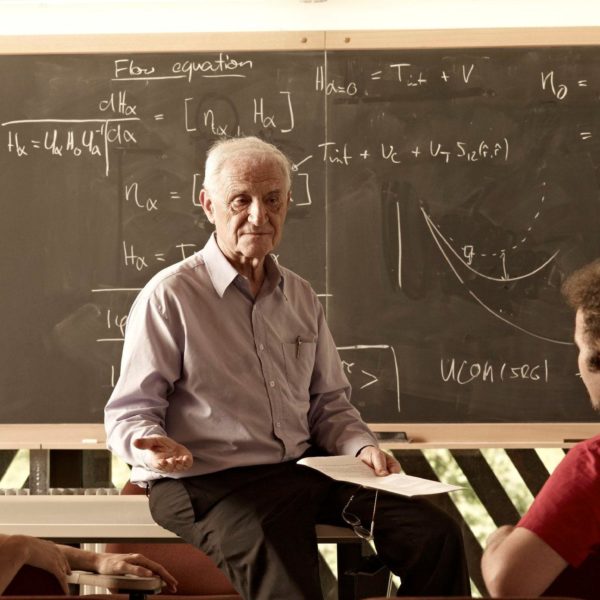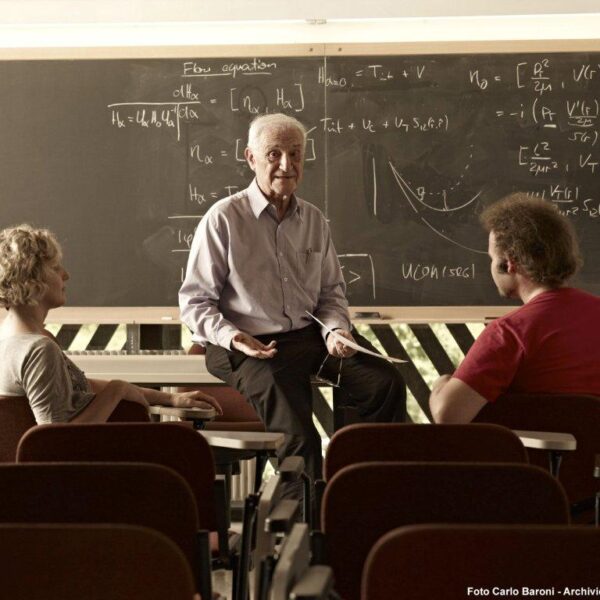Seminars
-
A rather puzzling anomaly has been recently observed in the emission of electron- positron pairs in the 7Li(p,e+e-)8Be and 3H(p,e+e-)4He reactions.More info
-
The theoretical description of the strong interaction between quarks and gluons that form hadrons is provided by Quantum Chromodynamics. However, the impact of gluonic excitations on the characteristics of hadrons and their role in hadronic structure is yet to be determined.More info
-
A novel semi-unsupervised machine learning classification method based on autoencoder pre-training is presented and compared with state-of-the-art techniques.More info
-
Quantum computers(QC) in recent years have gained a great surge of technological advancement, yet to this day their notorious "noisiness" has stalled their full incorporation into studies concerning complex systems. In this talk by presenting the new framework for Transition Path Sampling (TPS), a Monte Carlo based method for capturing rare events in complex systems, the speaker aims to demonstrate how we could utilize these machines to our advantage even in the era of “NISQ” devices.More info
-
Talk on "Measuring the fall of antimatter in Earth’s gravitational field"More info
-
Talk on "Photonic limiter based on exceptional point spectral degeneracies"More info
-
Talk on "Inflationary helical magnetic fields with a sawtooth coupling"More info
-
Talk on "Development and characterization of the novel Hybrid Detector for Microsdensity (HDM)"More info
-
A sufficient criterion for a possibility of the spatial collapse effect in an infinite system of Bose particles is established on the basis of the variational principle with the use of Jastrow correlation factors in the wave function. It is demonstrated, that the two-particle scattering length has no relation to a criterion of possibility for the spatial collapse to take place, on the contrary to the statement based on the Gross-Pitaevskii equation. Using the obtained sufficient criterion, we show that in hypothetical nuclear matter, if it consisted of α- particles, spatial collapse would take place under the assumption of any αα-interaction potential from the known set of Ali-Bodmer ones.More info
-
Within a three-particle model (α + N + N), structure characteristics of 6He and 6Li halo nuclei are studied. Within a four-particle model (α + α + N + N), the structure functions of 10Be and 10С nuclei are analyzed and compared with those of 6He and 6Li.More info


